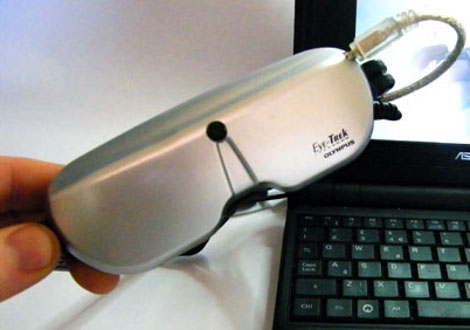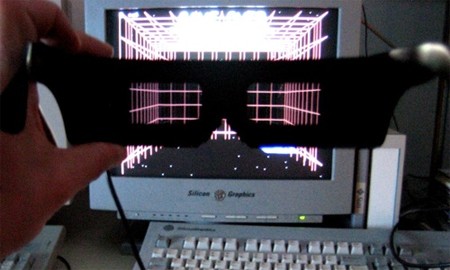
If you’ve been keeping up with our featured stories this year you’ll remember the post about using your own eyelids as 3D shutter glasses. Throngs of commenters called this one as fake and they were right. But we still enjoyed the experience… it’s more fun to be trolled when the trolls are skilled and idea is original. The perpetrators have released a follow-up video that shows how it was done. It’s not just an electronic trinket and some acting. There’s well executed post-production which maps out the area around this gentleman’s eyes and edits in the rhythmic blinking that made the farce somewhat believable. Check it out after the break.
Continue reading “Eyelid Shutter Glasses: Fake But Still A Hack”
















